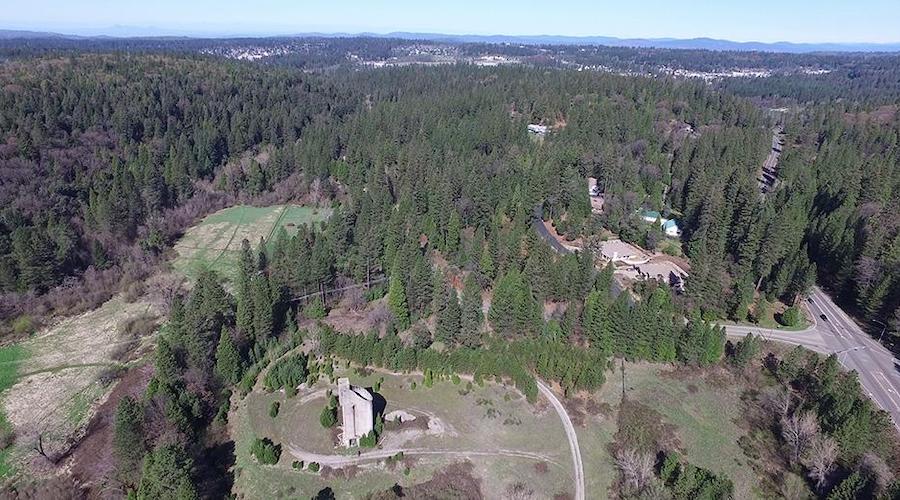
Rise Gold (CSE: RISE) reported this week that the exploration drill program the company is carrying out at its Idaho-Maryland project intercepted high-grade gold mineralization in multiple vein structures downdip from historic workings.
The past-producing high-grade Idaho-Maryland gold mine is located near Grass Valley in northeastern California.
Historical records state that the mine produced a total of 2.4 million ounces of gold at a grade of 15g/t after mining dilution and recovery. It was reportedly the second largest gold mine in the United States in 1941, producing up to 129,000 ounces of gold per year before being forced to shut down by the government in 1942.
A reborn interest in the mine by Rise led to a drilling campaign that intersected the Idaho #1 Vein ~600 metres downdip of the Idaho 2400 level.
New drill intercept in the Idaho #1 Vein assayed 1.35 oz. per ton at 3.5 feet
More recently, a new intercept from drill hole I-19-12B confirmed a large exploration target on the Idaho #1 vein. Results from this interception yielded 1.35 ounces per ton at 3.5 feet within broader interval assaying higher grade interval of quartz 3.24 ounces per ton over 1.2 feet.
“Similar to the geology of the historic Idaho #1 Vein, the mineralized zone encountered in I-19-12B is located between a diabase dike on the hanging wall and the ankeritized serpentinite unit in the footwall,” Rise said in a media statement. “It differs from the historic vein in that it is composed of a group of closely spaced narrow quartz veins hosted in volcanic andesite approximately 25 metres from the serpentinite contact whereas the historic vein was noted to be directly on the contact. This contact appears to be an important ore control for the Idaho #1 Vein mineralization.”
According to the Vancouver-based miner, the Idaho #1 Vein was the most productive and highest-grade vein of the mine. Historic production is estimated at 935,000 ounces of gold with an average head grade of 38.7 gpt gold. Total historic production from the combined Idaho veins is estimated at 1.6 million ounces of gold with an average head grade of 28.4 gpt gold.
But the new campaign suggests that there may be more to explore. “Deep drill holes in the Idaho #1 suggest that there may be a new linking vein structure which may join the Idaho #1 Vein to the Idaho #3 or #5 Vein,” the press release reads. “Historic mapping on the lowest level of the mine supports this interpretation.”